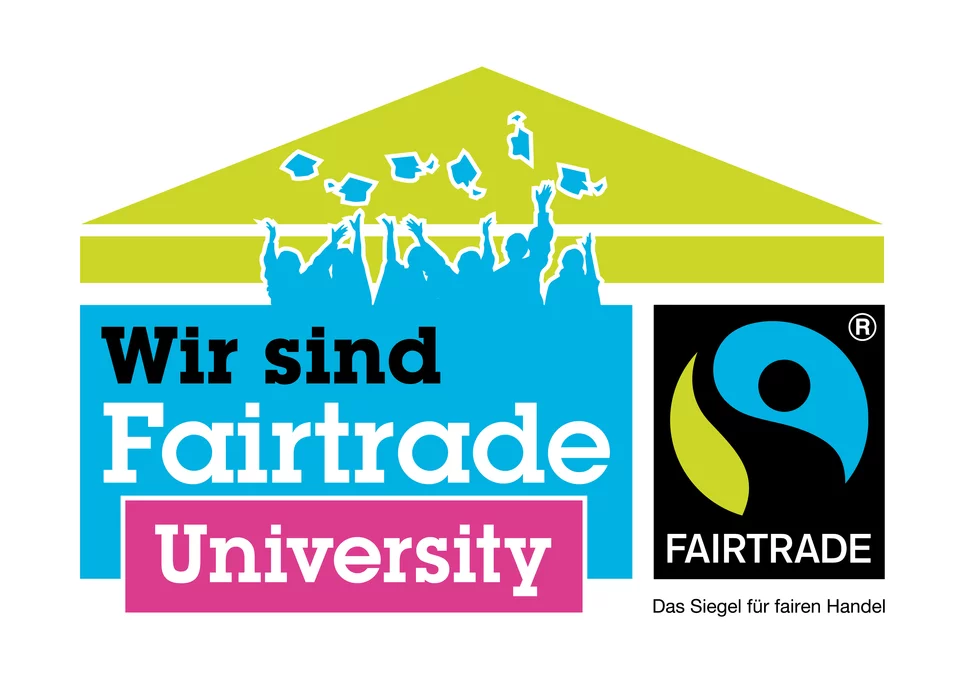Call for Papers
News
Call for Papers
18th Annual Conference
The International Association for the Study of Environment, Space, and Place
Hochschule Pforzheim Pforzheim, School of Design, April 28-30, 2023
Conference theme:
Designing Environments: Layers, Scopes, and Closures
Abstracts due February 1, 2023
Human beings work with, alter, and manipulate their environments, transforming “natural,” or “neutral,” space into a place designed to meet specific needs or goals. The scale and type of manipulation of environments depend on whether the agent is an individual, family, or larger community and on goals and intentions. Over the course of time, some designed environments become obsolete, are repurposed, or are simply built over. For example, the ancient city of Troy has nine archeological layers dating from 3600 BCE to 500 CE. Further, designs can be communal—e.g., open source codes allow and encourage individuals to add to code to improve performance—or open-ended, enabling others to fill in the “blank” space in a design.
In the 21st century, humanized environments can take many forms and can be designed physically, virtually, textually, or in any number of other ways. Spaces and places can be inclusive or exclusive depending on the intent and biases of the designers and the society they inhabit. Environments can be built in cooperation with or over existing structures. Uninhabited environments can be made suitable for human habitation; mismanagement of inhabited environments can make them uninhabitable. Some designs no longer occupy any physical space at all. With these turns come a host of questions worth exploring: What will designed environments look like in the future? How do memorials shape contemporary understanding of past events? What would that look like? What role will sustainability play in design? Can urban planning and design be more inclusive? How will virtual and non-virtual designs or environments interact? How do future designs work with and within existing environments? How does GIS impact our understanding of environmental designs? How does VR design impact the lived experience? How do we understand design to influence the narrative that is presented?
This interdisciplinary conference seeks to explore a wide range of questions related to designing environments. We invite papers from any discipline that deals with the theme of this conference. Potential topics include, but are not limited to:
Environments in space and time
Urban planning and architecture
Scopic regimes designing the conception of space
Historical(temporal)layersinenvironments
Virtualrealities
Environmental politics in the interest of humans and non-humans alike
Environmentalstudies
Sustainabilityinenvironmentaldesign
Ecosystems
Environmentaljustice
Environmentsoflabor
Economicalenvironments
Mapping environments
Virtual environments of layers, scopes, and closures
Heterotopian or utopian ideas of environments
Ideasofenvironmentsinliterature,designingspacesinliterature
Designing environments in, for and through visual arts, film, theatre, dance
Natural designs/designing nature
Inclusiveenvironments
Layered environments
Naturalselectionindesign
Architecturalorlandscapepalimpsests
Structure of territories: extensions, distentions, and closures
Please send your abstract as a Word or PDF attachment (300 word limit) by February 1, 2023, to Jodie Hayob-Matzke at jhayob(at)umw(dot)edu.




